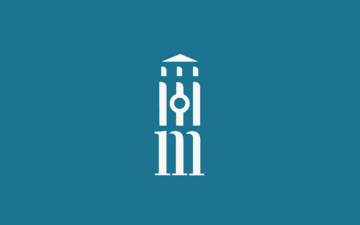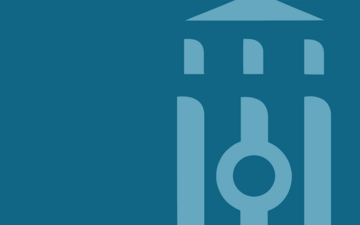University of Michigan Hosts Workshop on Describing Visual Resources in Arts and Humanities Publications

On December 5 and 6, 2016, the University of Michigan Library and Press, with the support of the Samuel H. Kress Foundation, hosted a workshop in Ann Arbor on Describing Visual Resources in Arts and Humanities Publications. The description of visual resources is a crucial component of accessible digital publications, as it affords access to the information contained in images for the many people with disabilities that affect reading, and improves the sustainability and discoverability of visual content. The purpose of this workshop was to foster dialog among the many groups concerned with describing visual resources— invited experts from academic and museum publishing, art history and visual studies, disability studies and accessibility, and the cultural heritage fields—and to advance the project of incorporating description into scholarly publications. Participants spent the day and a half in collective conversations and working sessions focused on the challenges, implications, and strategies of this work, and the forthcoming outcomes will consist of guiding and advocacy documents to help authors, editors, and publishers incorporate effective descriptive practice into their workflows.
In a message to workshop participants, Kress Foundation president Max Marmor said, “We [...] are deeply committed to the study and appreciation of our shared visual heritage. And while we focus our efforts on history, we also recognize that visual culture is a defining feature of the contemporary world. This is of course obvious in the arena of new media and emerging technologies. But it is equally the case in the domain of publishing and scholarly communications generally, where visual ‘content’ must now be made accessible – meaningfully accessible – to all interested parties, from scholars to museum audiences, and from students to the general reader, including those who are blind or have low vision. This demands new approaches to developing descriptive standards for visual images, and we are delighted that the University of Michigan Library and Press are leading the way in this important effort.”
Descriptive standards for visual images are well developed in several independent fields, and a key component of the meeting was creating the unique opportunity for those fields to speak to each other. Accessibility professionals and art specialists (art and art history scholars, museum professionals, and visual resource librarians) brought special expertise in existing descriptive conventions and, through collective, facilitated conversations, also demonstrated a willingness to decenter disciplinary approaches in the service of a shared, interdisciplinary goal. The knowledge shared about existing approaches will lead to basic guidelines for authors and publishers, and a list of resources that may be leveraged in capacity building and understanding the landscape.
Participants from scholarly publishing and university presses focusing on the arts and humanities contributed key insights on the state of their fields and the best strategies to move them forward. Strategies developed in our working sessions will lead to simple steps that publishers can take now and advocacy actions that will raise this issue to the level of national publishing organizations. Furthermore, the counsel provided by copyright experts will ensure that any forthcoming recommendations will outline how licensing agreements can support the potential re-usability of visual resource description.
The urgency and impact of this work was kept present at the workshop by participants from disability studies and who have print disabilities. While the project of describing visual resources in scholarly publications to support accessibility is in its early stages, some distance from coalescing around firm shared standards, the steps taken now are crucial. Participants left the workshop emboldened as advocates, and the planning undertaken in working sessions may lead to future funded projects to support more widespread implementation and research of describing arts and humanities visual resources. In the near term, the outcomes of this workshop will provide immediate tools to lift people up and advance the project, to provide meaningful access to visual resources for all.




